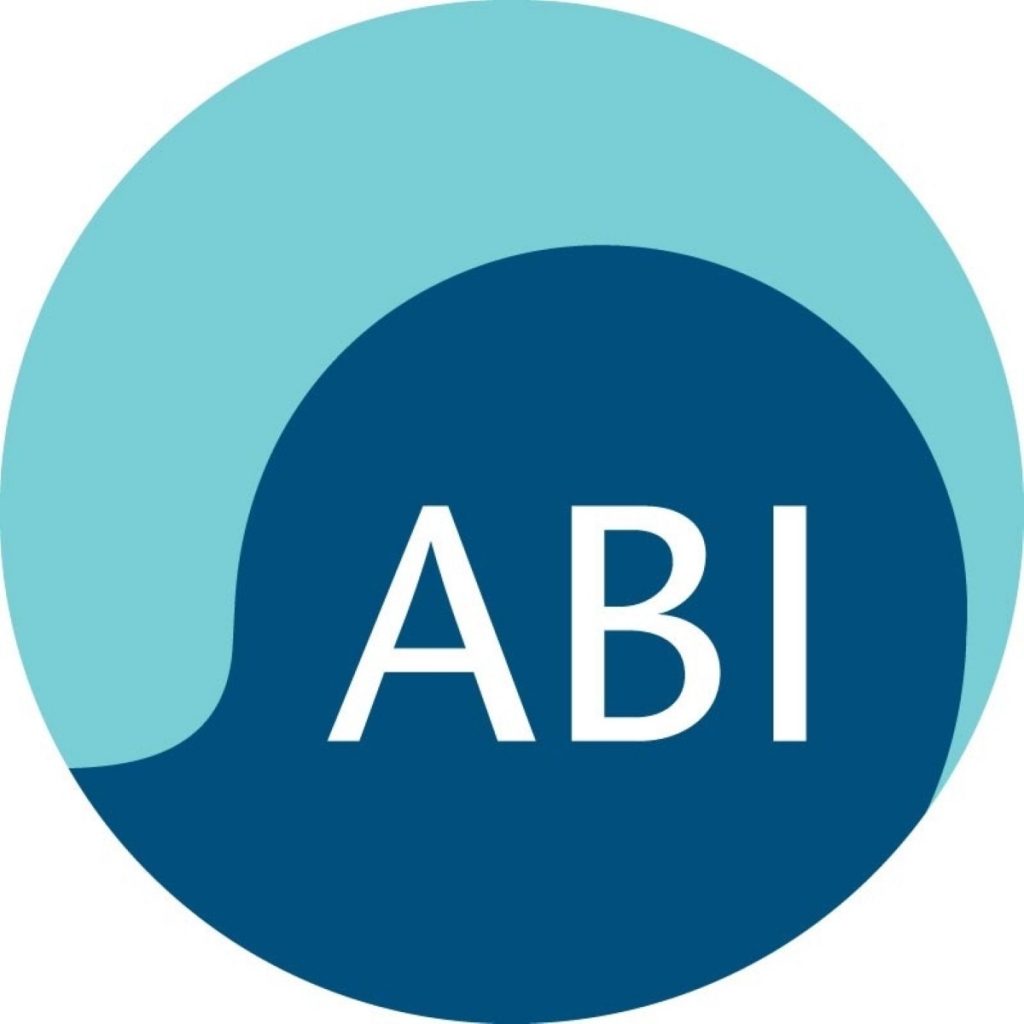ABI: Public backs ABI call for minimum one year learning period for young drivers
The ABI is calling for a minimum one-year learning period to reduce the high number of deaths and serious injuries involving young drivers. According to ABI-commissioned research published today, three out of four people believe that this measure would reduce young driver road casualties.
Nick Starling, the ABI’s Director of General Insurance and Health, said:
“Introducing a longer and more structured learning period may frustrate some youngsters, eager to get behind the wheel. But better this, than they become another tragic statistic.”
Despite a fall in the overall number of road accident casualties, more young drivers are killed or seriously injured on the roads now than fifteen years ago. Every day ten young drivers or their passengers are killed or seriously injured on the roads1. Road crashes are the biggest cause of accidental deaths of young men aged between 15 and 19.
On the day (4 October) when changes to the driving test are introduced, independent research commissioned by the ABI among 2,500 adults, shows public backing for tougher measures to reduce young driver accidents
. 75% of people believe that introducing a minimum one-year learning period would be the most effective step to reducing the accident rates of young drivers.
. Just over two-thirds of people (69%) see restrictions on the number of passengers that newly-qualified young drivers could carry as an effective measure to improve safety.
. 68% back a more structured education programme to inform young drivers of the dangers of driving.
Nick Starling added:
“Too many young drivers are still killed or seriously injured on our roads. A car is a potential lethal weapon, and we must provide more help to young motorists to better deal with the dangers of driving. A minimum one year learning period, and young driver passenger restrictions, would help ensure that today’s young drivers become tomorrow’s safer motorists”.
– ENDS –
Notes for Editors
1. Enquiries to:
Liz Forster 020 7216 7444 (Mobile: 07717 578 586)
Malcolm Tarling 020 7216 7410 (Mobile: 07776 147 667)
Erfan Hussain 020 7216 7411 (Mobile: 07712 841 184)
Kelly Ostler-Coyle 020 7216 7415 (Mobile: 07968 364 302)
2. 1.Current Department for Transport statistics show that in 2008 there were 3,723 deaths or serious injuries involving driver or their passengers aged between 16 – 24.
3. Some disturbing statistics involving young drivers:
. In the UK one in eight driver licence holders is aged 25 or under, but one in three drivers who die are under 25.
. An 18-year old driver is three times more likely to be involved in a crash than a 48 year-old.
. 17-20 year-old male drivers are almost ten times more likely to be killed or seriously injured than more experienced drivers.
. One in five new drivers has a crash within six months of passing their test.
4. As from 4 October the practical driving test will include a 10 minute independent driving section, where the examiner will ask the person being tested to drive without step-by-step direction from the examiner.
5. The ABI is the voice of the UK’s insurance, investment and long-term savings industry. It has over 300 members, which together account for around 90% of premiums in the UK domestic market.
The UK insurance industry is the third largest in the world and the largest in Europe, helping individuals and businesses protect themselves against the everyday risks they face. It pays out over £230 million per day in pension and life insurance benefits and over £50 million per day in general insurance claims. The industry is an important contributor to the UK’s economy: it manages investments of £1.5 trillion, over 20% of the UK’s total net worth; employs more than 300,000 people in the UK alone; is the fourth highest contributor of corporation tax; and is a major exporter, with one-fifth of its net premium income coming from overseas business.
6. An ISDN line is available for broadcasts.
7. More news and information from the ABI is available on our web site, www.abi.org.uk.





-01.png)